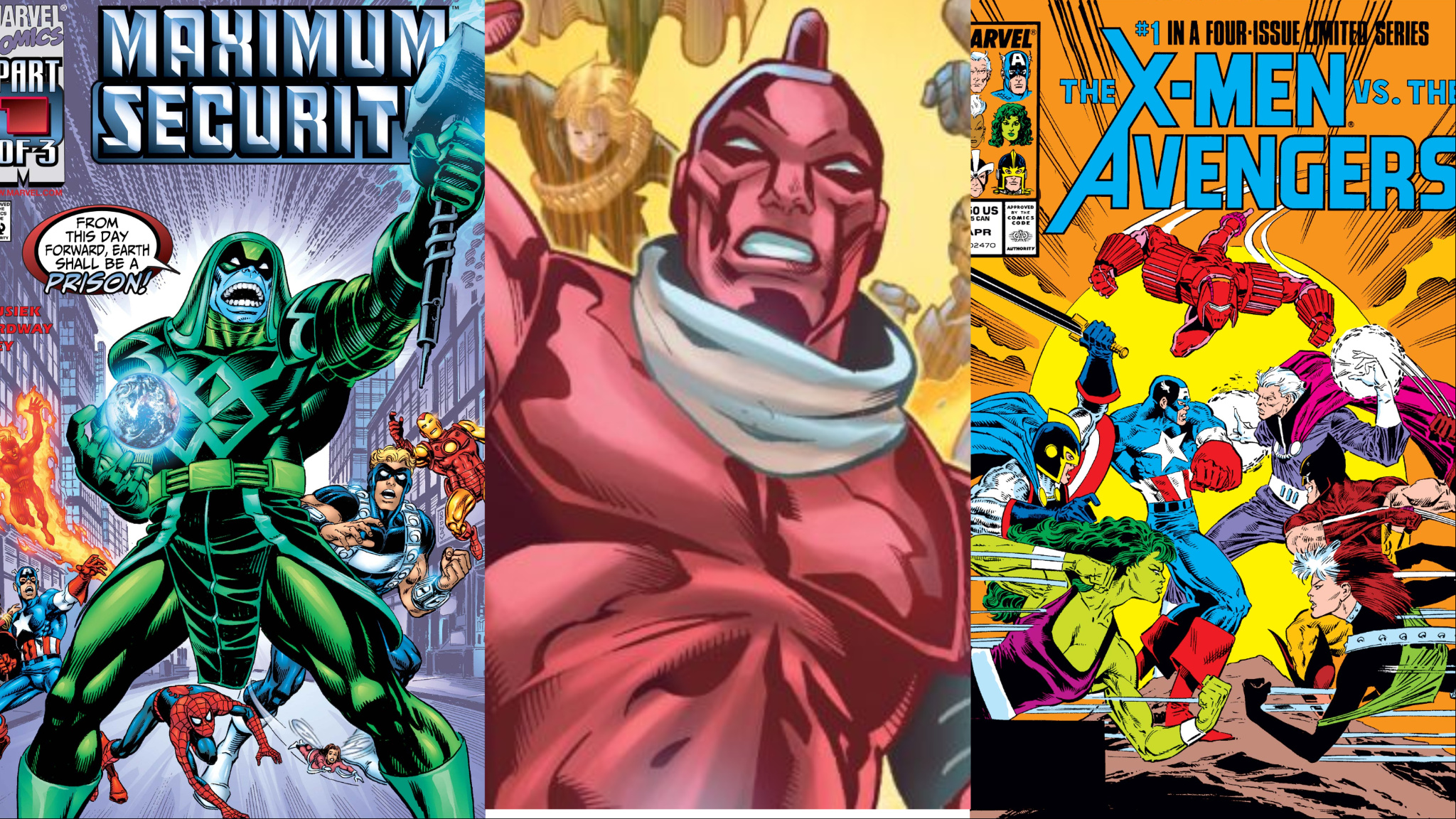
Over the years, Marvel has significantly transformed the concept of superhero team-ups. The initial major Marvel crossover occurred in Marvel Mystery Comics #8 back in 1939, featuring a confrontation between Namor and the original Human Torch for the first time. Crossovers were instrumental in drawing fans of one character to appreciate others, eventually becoming a cornerstone of Marvel’s publishing approach. In the 1980s, Marvel elevated crossovers further by introducing event miniseries, enabling them to create team-ups that expanded beyond mere guest appearances and could encompass the entire Marvel Universe.
Some iconic Marvel crossovers like “Infinity Gauntlet” and “Civil War” are etched in our memory, especially since they were beautifully brought to life on the big screen. Yet, there exist numerous Marvel crossovers that even die-hard fans might have overlooked. The quality of these forgotten crossovers spans a broad spectrum, with some being exceptional and others not so much. However, many of these could be reimagined to create something remarkable once more.
Marvel Super Hero Contest of Champions
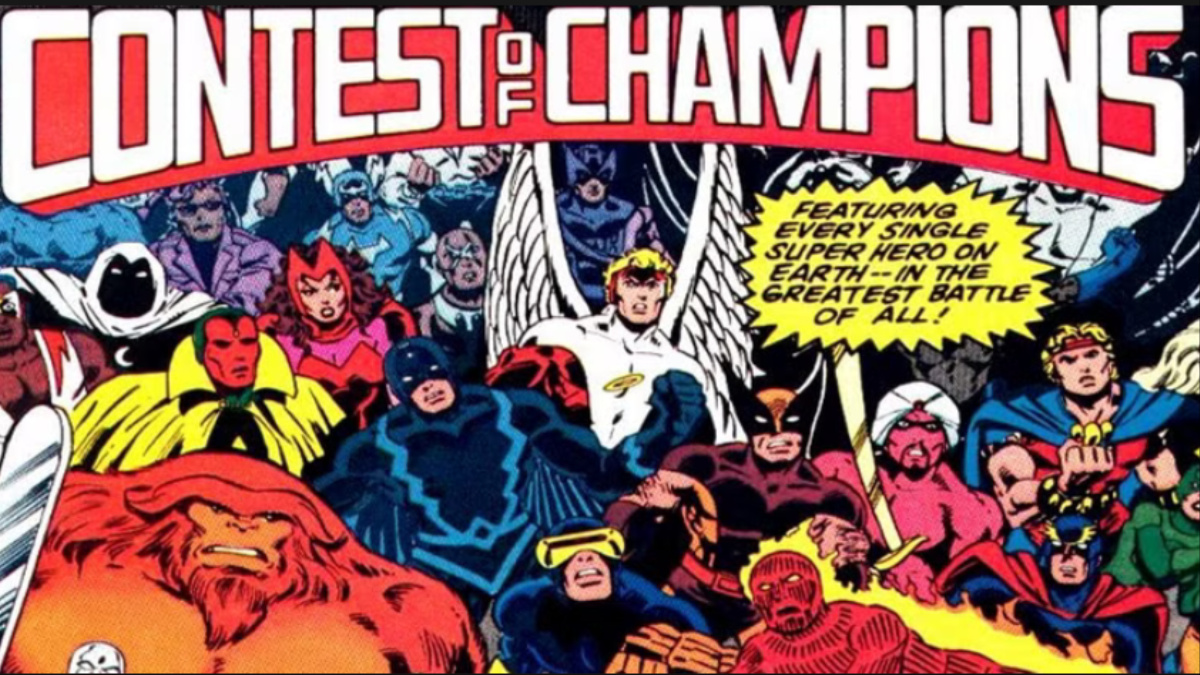
The Marvel Super Hero Challenge, written by Mark Gruenwald, Steven Grant, Bill Mantlo, and John Romita Jr., stands out as the first-ever event miniseries. This 1982 storyline is straightforward – Earth’s superheroes are abducted for a game contested between the Grandmaster and Death. If the Grandmaster emerges victorious, his brother, the Collector, comes back to life. On the other hand, if Death wins, the Grandmaster meets his end.
The Marvel Super Hero Contest of Champions featured clashes between heroes, with both familiar faces and new ones from diverse global backgrounds. This series was quite successful, though it wouldn’t be the last time Marvel characters would find themselves battling each other under the influence of cosmic entities. Interestingly, the structure of a subsequent crossover, JLA/Avengers, mirrored this format, with heroes pitted against one another by two powerful beings, including the Grandmaster. However, unlike the epic Secret Wars that followed, Contest of Champions didn’t quite achieve the same level of popularity among Marvel fans, many of whom haven’t given it a thought for years.
Infinity Crusade
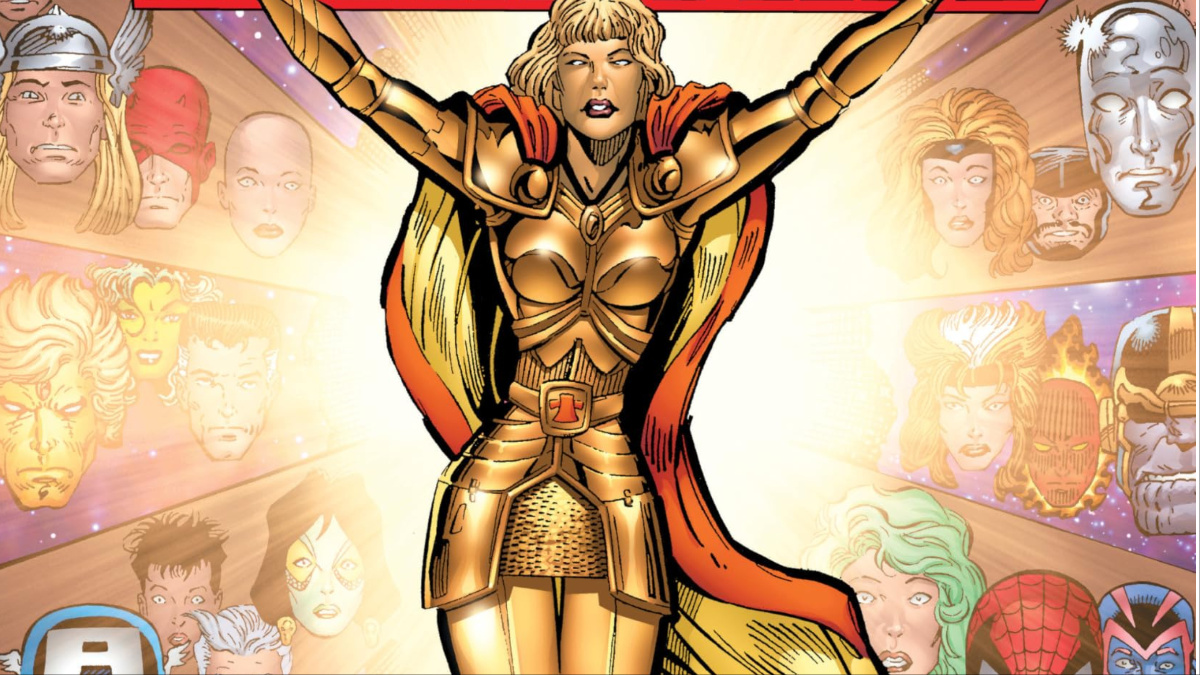
The Infinity Gauntlet stands as one of Marvel’s most renowned crossovers, resurrecting Thanos to prominence and laying the groundwork for the initial three phases of the Marvel Cinematic Universe (MCU). It holds a significant place in Marvel lore, yet many fans might be unaware that it initiates a trilogy. Jim Starlin, the writer, and Ron Lim, the artist, would go on to create two sequels, with the final one being largely overshadowed by its predecessor.
The epic struggle known as Infinity Crusade places Marvel Universe’s champions against a being called the Goddess, crafted by Adam Warlock – the star of the Infinity trilogy – upon gaining the Infinity Gauntlet. The Goddess embodied all that was good within him, which he discarded together with evil to become a superior deity. Her fervor, however, made her a threat to the cosmos, forcing other heroes to confront her. Infinity Crusade, in summary, is not as well-regarded as its counterparts like the Infinity Gauntlet or its predecessor, due to its lack of grandeur and failure to meet their high standards.
Infinity War

The Infinity Gauntlet saga concluded when Adam Warlock obtained the powerful artifact and assumed divine status. This transition paved the way for the ongoing series, “Adam Warlock and the Infinity Watch,” where Warlock distributed the Infinity Gems among a team of allies, including characters like Gamora and Drax who are also known from the Marvel Cinematic Universe. However, the repercussions of Adam Warlock’s brief tenure as a deity would resurface in the sequel to “Infinity Gauntlet,” titled “Infinity War.
In “Infinity War,” Thanos, who has chosen to abandon his destructive ways, encounters the return of Magus – an evil version of Adam Warlock from another timeframe. This occurrence was facilitated by Warlock discarding his dark self. Simultaneously on Earth, sinister duplicates start assaulting heroes, managing to replace some of their targets. The narrative then unfolds in “Infinity War,” offering a complex yet captivating crossover filled with action and significant disclosures. Although the plot can be a bit intricate, it adds to its allure. Some prefer this over “Infinity Gauntlet,” but that didn’t prevent it from fading into obscurity. Nevertheless, it lent its title to the most renowned Avengers film, which is quite an achievement. Regrettably, many are unaware of its existence.
Maximum Security
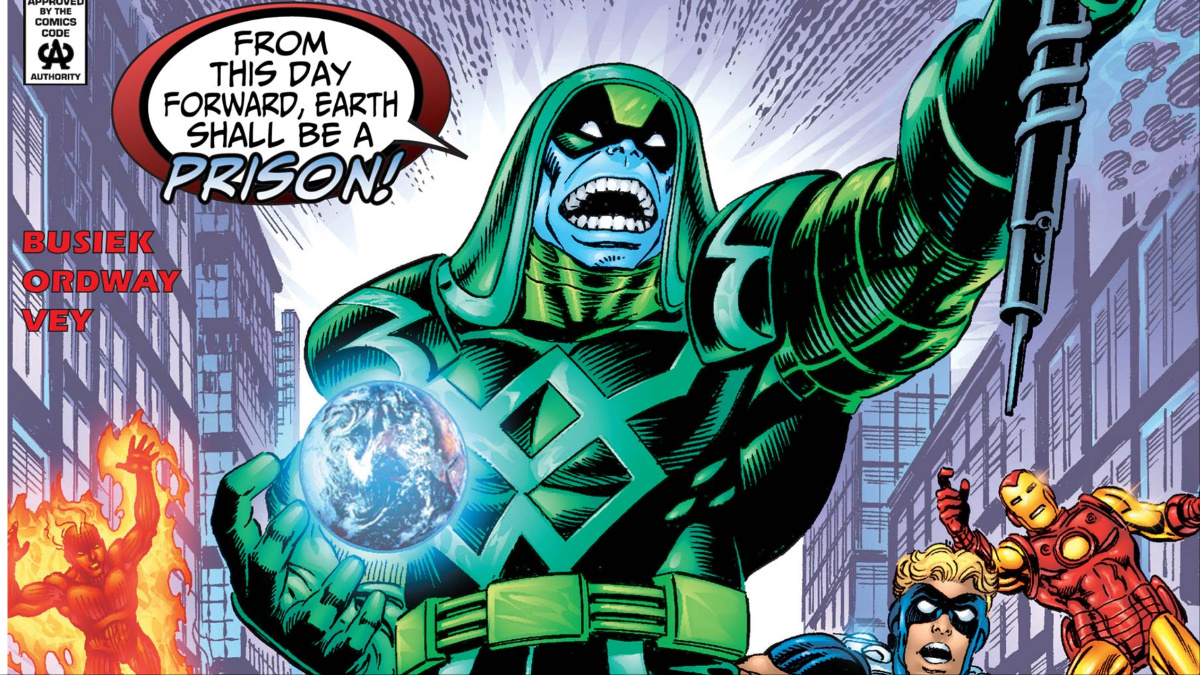
The ’90s weren’t Marvel’s golden era, despite an impressive start. Marvel kicked off the decade with blockbuster comics such as Spider-Man, X-Force, and X-Men setting sales records. However, by the mid-decade, financial struggles led to bankruptcy for Marvel. The latter part of the ’90s saw a creative resurgence, particularly in 1998 and 1999 with the “Heroes Return” storyline revitalizing the Avengers and their associated characters. In 2000, Kurt Busiek and Jerry Ordway merged threads from Avengers and Avengers Forever in Maximum Security.
The main idea behind this narrative is that various extraterrestrial civilizations, notably the Skrulls and Kree who are recognized from the MCU, decided to attack Earth due to its heroes repeatedly meddling in their affairs. They label the planet a penal colony, compelling the heroes to liberate it. Titled “Maximum Security,” this story was published at a time when Marvel was undergoing significant restructuring. It didn’t contribute significantly to the broader Marvel Universe and was soon eclipsed by the start of Joe Quesada’s tenure as editor-in-chief, marking the beginning of a new era in Marvel Comics.
Secret War (2004)
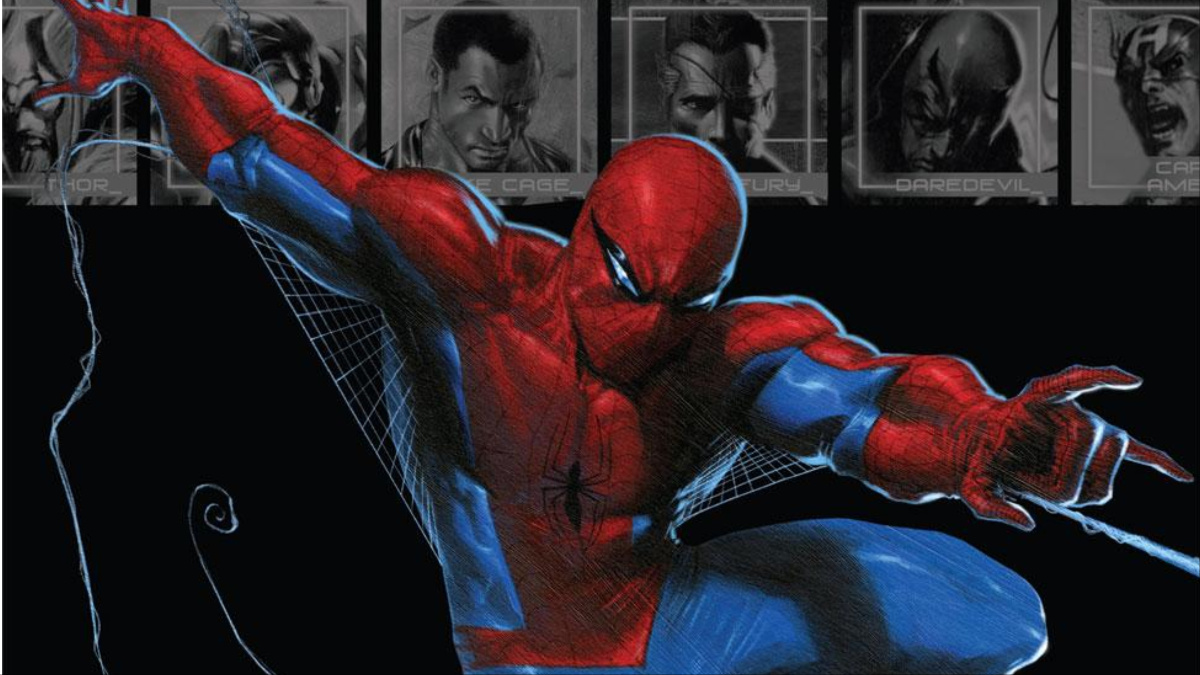
In Marvel lore, “Secret Wars” holds a distinguished place, encompassing various events and the upcoming movie “Avengers: Secret Wars.” However, the 2004 series, titled “Secret War,” doesn’t carry the same prestige as some other projects that share its name. Penned by Brian Michael Bendis with illustrations by Gabriele Dell’Otto, this tale acts as a prelude of sorts to the comic books from the mid to late 2000s. As a follower, I find it intriguing that even though it may not have the same fame, it plays a significant role in setting up the narrative that followed.
In the past, Nick Fury gathered a team consisting of Captain America, Black Widow, Spider-Man, Wolverine, Luke Cage, Daredevil, and S.H.I.E.L.D. agent Daisy Johnson. Their mission was to confront Latveria’s Prime Minister Lucia von Bardas. After they successfully defeated her, Fury erased their memories of the event, which later caused complications when von Bardas assembled an army of secondary-level tech heroes and attacked the original team. This storyline had implications for future Marvel events, but it was marred by delays, leading to fan dissatisfaction and the story being overshadowed before its completion, as many key events it set up were already happening in the Marvel universe at that time.
Fear Itself
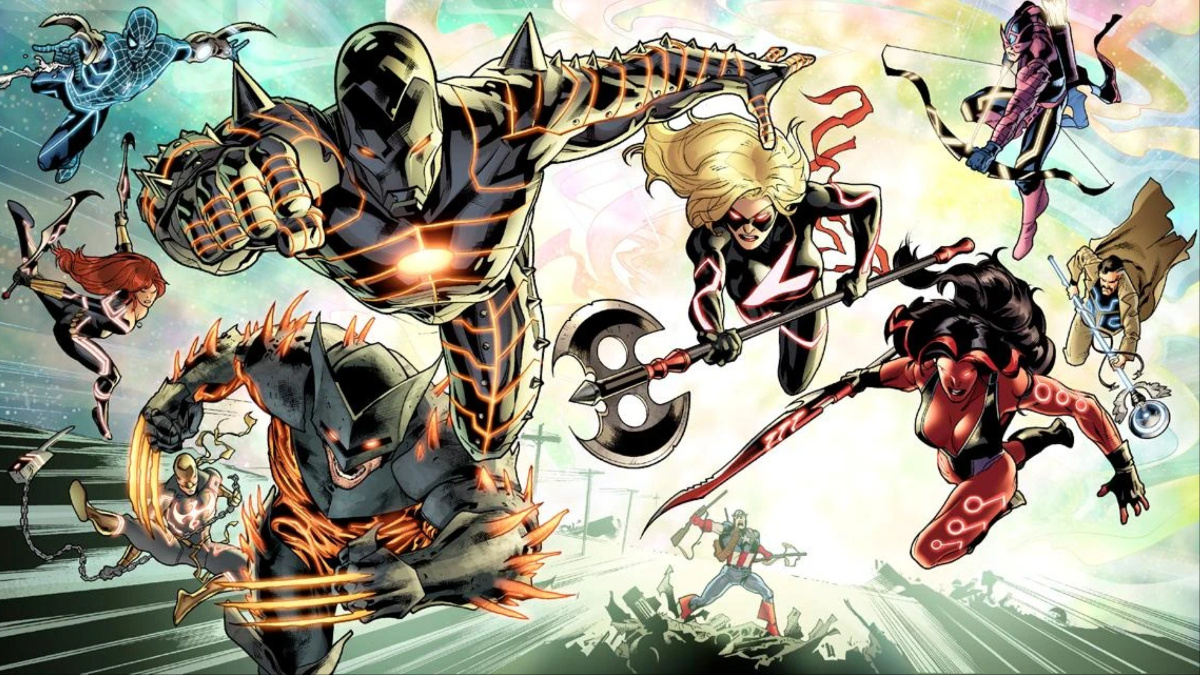
Between 2005 and 2010, Marvel’s event comics were the most sought-after reads. Series like “House of M”, “Civil War”, “Secret Invasion”, and “Siege” unfolded in sequence, shaping the trajectory of the Marvel Universe. The conclusion of “Siege” marked the beginning of the Heroic Age publishing initiative, a move aimed at mending the splits caused by previous events within Marvel. The first significant event under this new era was “Fear Itself”, penned by Matt Fraction and Stuart Immonen, but its storyline didn’t sustain long-term interest.
The comic series titled “Fear Itself” centers around the resurrection of the Norse deity personifying fear, the Serpent. Employing enchanted hammers, this malevolent entity spawned a group known as “The Chosen,” consisting of characters such as Hulk, The Thing, Juggernaut, Titania, Attuma, Grey Gargoyle, and Absorbing Man. They launched an assault on the planet. Although it featured exciting action scenes and creative concepts – for instance, Iron Man fashioning weapons from Asgardian uru metal for a team of heroes – it failed to leave a lasting impression. It appeared to be designed as a lighthearted crossover event – mere amusement without substance – which may explain why it has since been largely disregarded. Additionally, it led to the apparent death of Bucky while he was Captain America, but this was later revealed to have been a S.H.I.E.L.D. robotic duplicate. At the conclusion, Thor perished, but this too was reversed in subsequent issues.
Dark Avengers/X-Men: Utopia

Under the Dark Reign publishing program, the narrative unfolded into the “Secret Invasion” storyline. After the Skrulls were vanquished, then-S.H.I.E.L.D. director Iron Man faced accusations of allowing the aliens to advance so far. In response, Norman Osborn, a former Green Goblin and leader of the Thunderbolts, was given control over the superhero national security system. He assembled his own version of the Avengers, which included Ares, Sentry, Bullseye, Moonstone, Venom, and Daken, who donned the roles previously held by Hawkeye, Ms. Marvel, Spider-Man, Wolverine respectively. Osborn also adapted Iron Man’s armor and became the Iron Patriot. The Dark Reign period saw him exerting greater control over the superhero community, culminating in “Dark Avengers/X-Men: Utopia,” a series penned by Matt Fraction, Luke Ross, Terry Dodson, and Mike Deodato.
In San Francisco during the late 2000s, a narrative unfolded where the Avengers found themselves opposing the X-Men. This conflict ensued following protests led by ‘Friends of Humanity’ against mutants. The confrontation culminated on Utopia, an island constructed from Magneto’s Asteroid M fragments, resulting in a fierce battle between the two groups. In this clash, the X-Men emerged victorious and proclaimed Utopia as their independent mutant nation. Meanwhile, Osborn boasted his triumph to the media. However, with the X-Men leaving Utopia and the end of ‘Dark Reign’ becoming increasingly distant, this tale has become a part of comic book history, fading into obscurity over time.
X-Men vs. Avengers
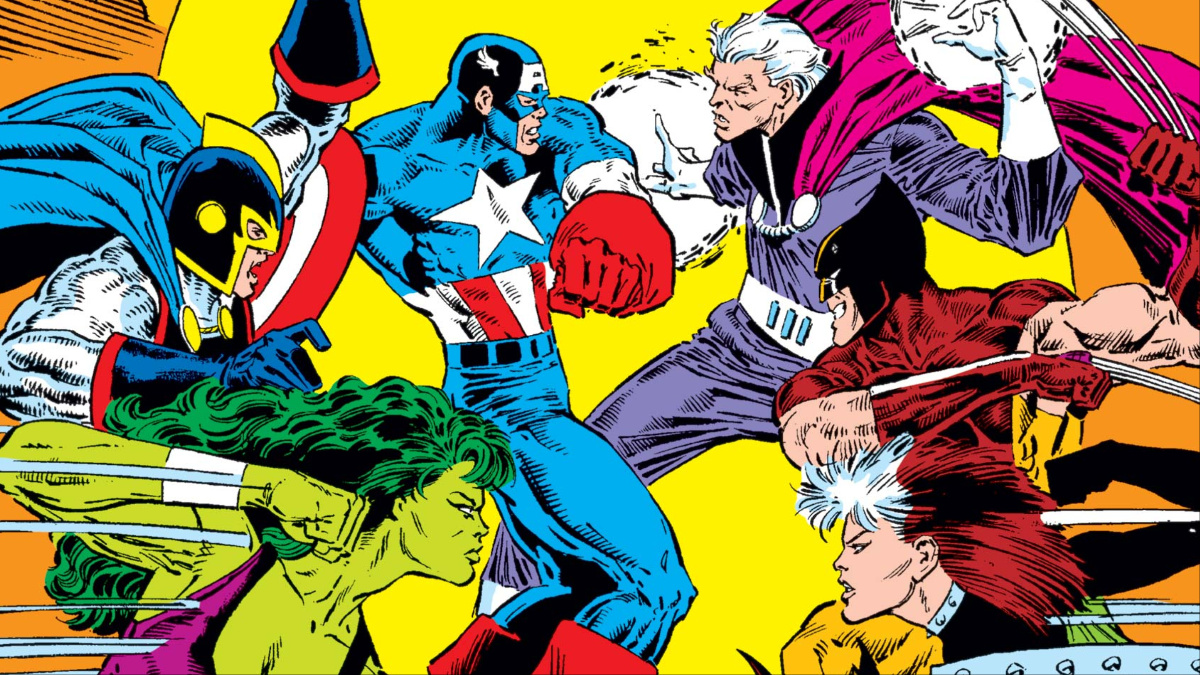
Instead of focusing on the two most renowned teams from Marvel, the Avengers and the X-Men, when fans envision their joint appearances, they often recall a specific encounter: the 2012’s “Avengers vs. X-Men”. However, it’s worth noting that in 1987, Marvel published a miniseries where these two teams clashed as well. Titled “X-Men vs. Avengers“, this four-issue series was penned by Roger Stern and Marc Silvestri. Given the X-Men’s greater popularity during that era, they were given prominent placement in the series.
In this tale, two teams clash, each pursuing Magneto as he’s wanted for sinking a Soviet submarine while acting as a villain. The narrative is straightforward: heroes initially battle one another, then join forces against a mutual threat before parting ways. Essentially, it follows the classic formula of a superhero crossover storyline. Unfortunately, due to its simplicity and lack of grand cosmic implications, this story has been overshadowed by more prominent ones over time.
Atlantis Attacks
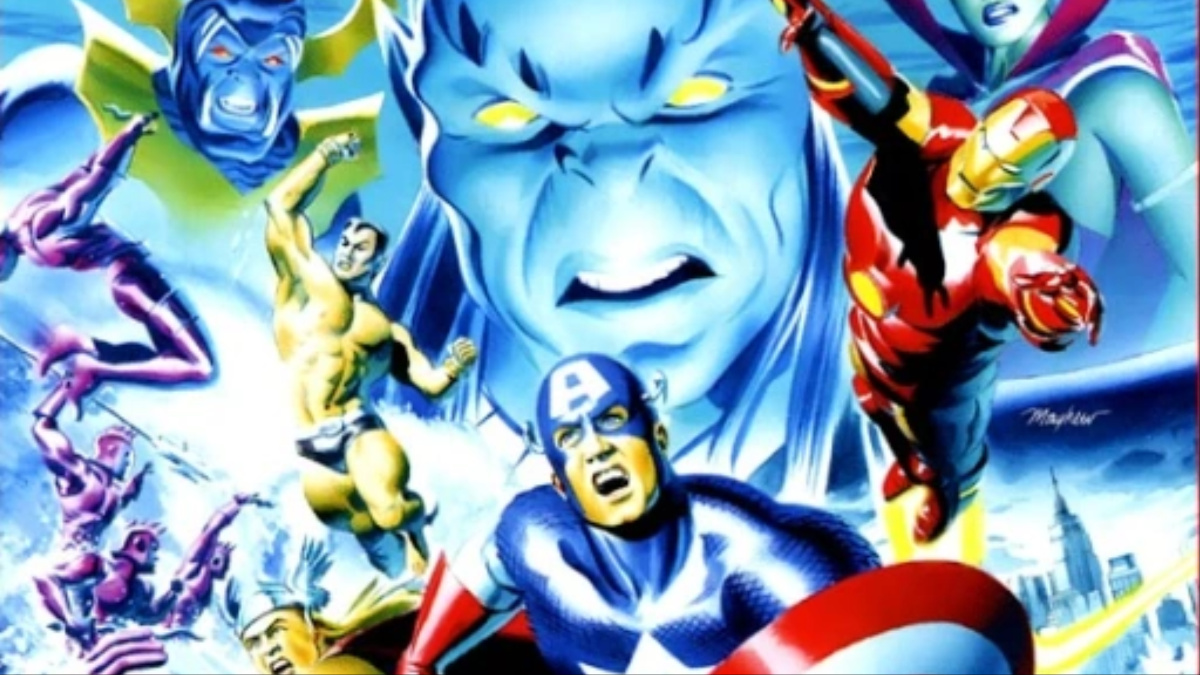
Over extended periods, Marvel and DC frequently released annual issues, typically large-format comics that contained self-contained stories. However, in the late ’80s and early ’90s, Marvel opted to utilize its annuals for cross-over narratives, and 1989 marked the release of “Atlantis Attacks.” This story revolved around Ghaur, a Deviant, returning to Earth with the goal of summoning the serpent god Set. He sought assistance from Llyra of Lemuria in this endeavor. Together, they embarked on a quest for the Serpent Crown, a powerful artifact, and formed an alliance with Attuma, who was the ruler of Atlantis at that time. They began using a secret formula to transform humans into serpents and abducting female superheroes to serve as brides for Set.
The events depicted in “Atlantis Attacks” failed to leave a lasting impression because they lacked significance within the Marvel Universe. Despite being one of Marvel’s original heroes, Namor and his underwater kingdom Atlantis, along with the Deviants and Lemuria, have not been central to the universe’s narrative. Additionally, like other entries on this list, “Atlantis Attacks” did not bring about any significant changes within the Marvel Universe. A new version of the story was published in 2020, but it bore little resemblance to the original tale.
The Evolutionary War

1988 marked the inaugural year for “The Evolutionary Conflict,” a serial narrative that spanned 11 annual issues. This captivating story primarily focused on the character, the High Evolutionary. Following what seemed to be a suicide attempt, this character embarked on a renewed mission to elevate humanity to its pinnacle form. The plot revolves around his attempts to speed up human evolution through artificial means, simultaneously eradicating any genetic traits he deems as useless or redundant. As the situation escalates, our heroes take a stand against him.
While “The Evolutionary War” was an acceptable tale, it lacks any distinctive elements that make it particularly noteworthy. There are no major events depicted within its pages, and it seems to have little effect on the broader Marvel universe. The High Evolutionary is indeed an intriguing antagonist when he appears, as demonstrated in “Guardians of the Galaxy Vol. 3,” but his stories tend to lose their individuality after a while. Over time, “The Evolutionary War” fades into obscurity in Marvel’s rich history, becoming forgotten by fans.
Read More
- Gaming News: Why Kingdom Come Deliverance II is Winning Hearts – A Reader’s Review
- We Ranked All of Gilmore Girls Couples: From Worst to Best
- Jujutsu Kaisen Reveals New Gojo and Geto Image That Will Break Your Heart Before the Movie!
- Why Tina Fey’s Netflix Show The Four Seasons Is a Must-Watch Remake of a Classic Romcom
- How to Get to Frostcrag Spire in Oblivion Remastered
- Assassin’s Creed Shadows is Currently at About 300,000 Pre-Orders – Rumor
- How Michael Saylor Plans to Create a Bitcoin Empire Bigger Than Your Wildest Dreams
- Is the HP OMEN 35L the Ultimate Gaming PC You’ve Been Waiting For?
- Whale That Sold TRUMP Coins Now Regrets It, Pays Double to Buy Back
- S.T.A.L.K.E.R. 2 Major Patch 1.2 offer 1700 improvements
2025-01-05 17:10